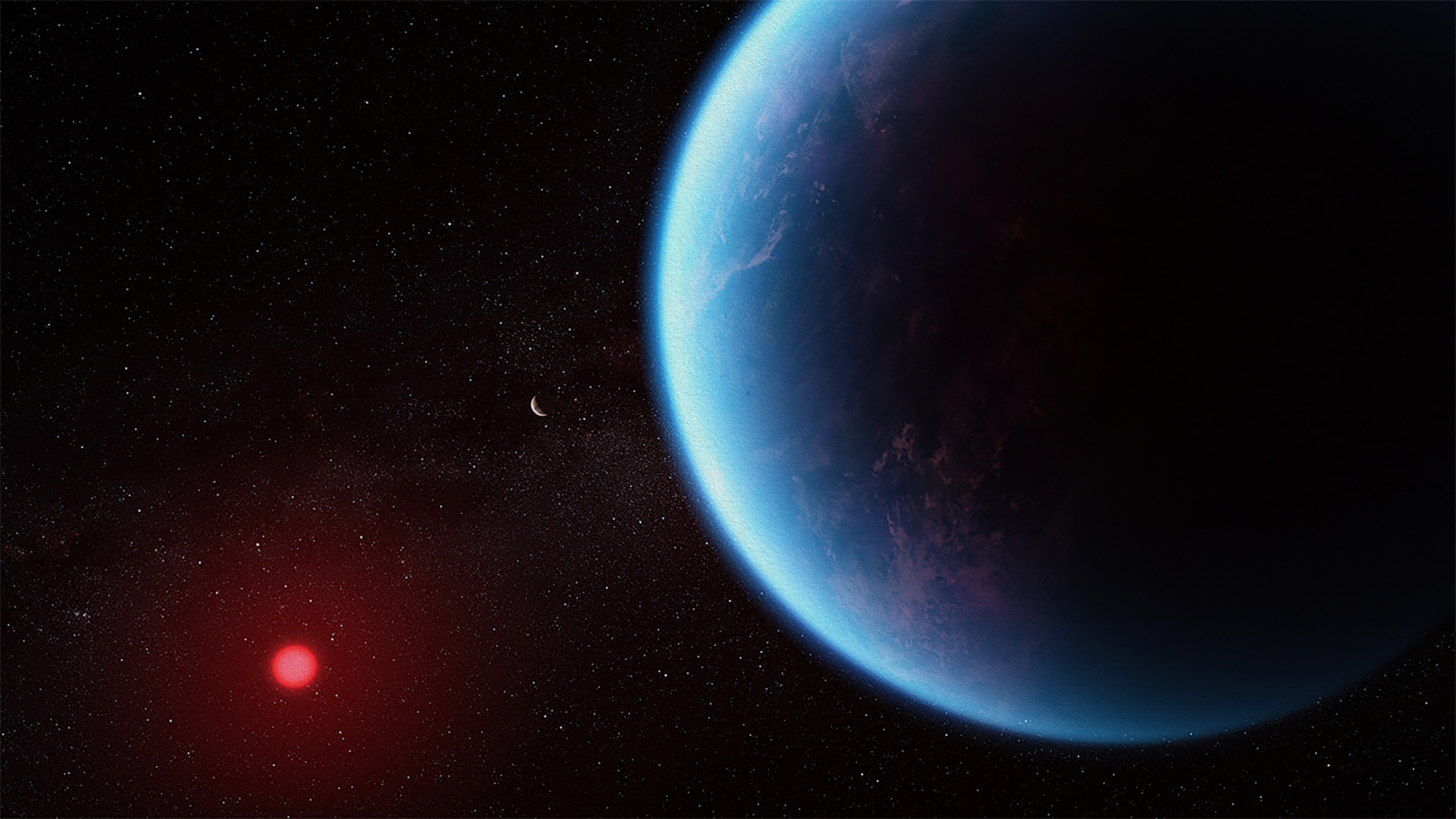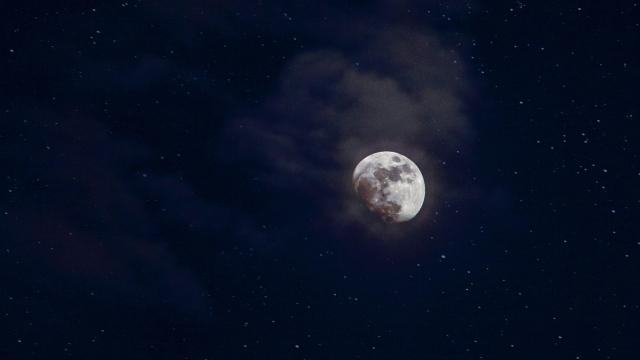How A New Mission To Phobos Could Rewrite The History Of Mars
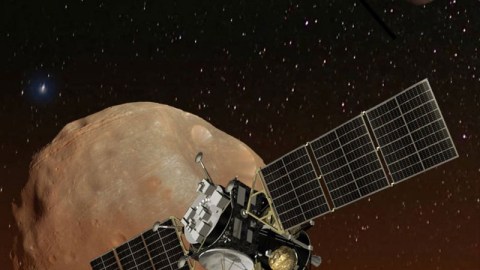
Theoretically, we know what happened on the red planet. Here’s how we’ll find out whether we’re right.
When it comes to the worlds beyond Earth in our Solar System, it’s only natural to wonder whether our planet was alone in being home to native life. The fourth planet from the Sun, Mars, is a particularly interesting candidate, as there’s overwhelming evidence that its surface once possessed large amounts of liquid water, pooling in lakes, rivers, and even oceans. Long ago, we have every reason to suspect it had a thick atmosphere, temperate conditions, and even a third, inner, massive moon that dwarfed the other two — Phobos and Deimos — before falling back to Mars.
While Mars itself is vast, and any life that was once present has likely been extinct for billions of years, there’s a simple place to go to look for evidence of ancient processes that are easy to access: its innermost moon, Phobos. If we could gather material from the Phobian regiolith and bring it back here to Earth, we could analyze it and either confirm or challenge our best-supported ideas for the geological and chemical history of the red planet, and perhaps even find evidence for ancient life there. This isn’t a pipe dream, nor is it science fiction, but an actual mission approved and planned for launch in 2024: Martian Moons eXploration (MMX).
Upon its return to Earth in July of 2029, we’ll be able to analyze its samples, determining whether Mars was once home to life, whether Phobos was the result of a Martian impact or asteroid capture, and either confirming or rejecting a whole slew of hypotheses concerning Mars’s history. Here’s what we all should know.
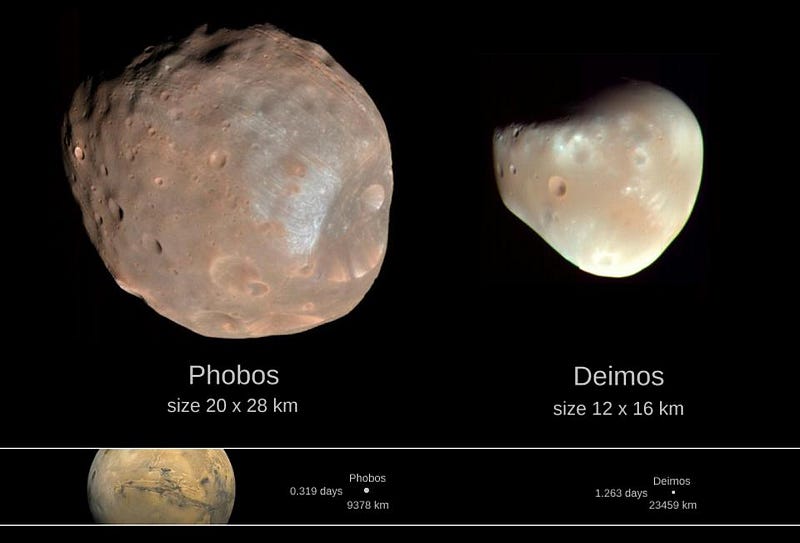
If we rewind the clock all the way back to the first ~1 billion years of the Solar System, the inner planets likely would have looked very different to the way they appear today, some 4.6 billion years after our formation. Earth, although life was already present in its oceans, had an atmosphere that was rich in molecules like methane and ammonia, with very small amounts of oxygen: produced as the waste product of anaerobic lifeforms. Venus and Mars, meanwhile, may have both been similarly hospitable to life early on, as they were anticipated to have atmospheres similar in thickness and composition to Earth’s, with copious amounts of liquid water on the surface and the same raw ingredients — precursor molecules to life — that were present in large quantities on Earth.
While Venus and Mars are suspected to have had divergent histories from both Earth and one another, their early environments may have been extremely similar to Earth’s. As such, they may have possessed simple lifeforms in their early days just as Earth did. If we can investigate them in sufficient detail, we just might find the critical evidence that reveals that life may not have been unique to Earth, even within our own Solar System. While it might make sense to probe the planets themselves for such evidence, the billions of years that have subsequently passed may make such signals difficult to unambiguously extract. That’s where the potential of Mars’s innermost moon, Phobos, comes into play.
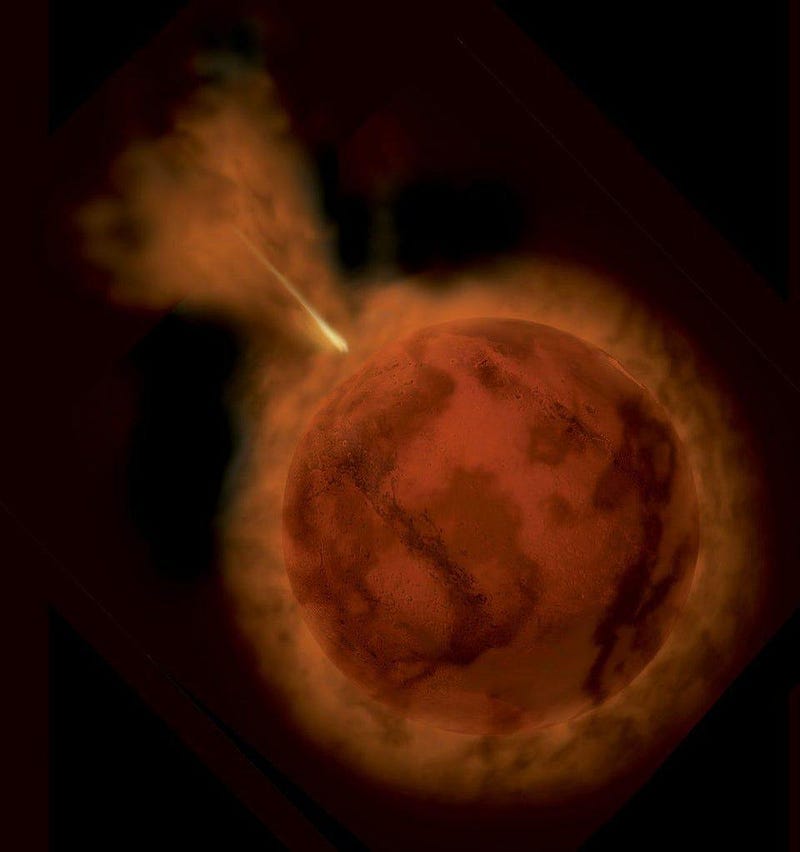
The Solar System isn’t a well-siloed environment, where “what happens on a planet stays on that planet.” Instead, it’s an active, dynamical place, where asteroids, centaurs, and comets routinely cross the orbits of the planets and moons. While gravitational interactions frequently occur, perturbing orbits, causing energy exchange, and leading to the ejection or capture of various bodies, there’s also a non-trivial possibility of having a collision between one of these fast-moving, low-mass bodies and a planet or moon. When such an impact event occurs, it not only creates a crater on the world and covers it in debris, but can also kick fragments of the world it impacts out into space.
Every rocky planet and moon in the Solar System that we’ve investigated up close and doesn’t rapidly refresh its surface — either through volcanic activity, like Jupiter’s moon Io, or through the turnover of ices and liquids, like Saturn’s Enceladus or Neptune’s Triton — shows copious evidence for both recent and ancient cratering. Mercury, Mars, the Moon, and Ganymede are covered in a rich array of craters of varying ages, and it’s known that these impacts can send debris from one region of the Solar System to elsewhere: in that planet’s orbit and beyond. In fact, of all the meteorites that have been recovered here on Earth, approximately 3% of them have been determined to be of Martian origin.
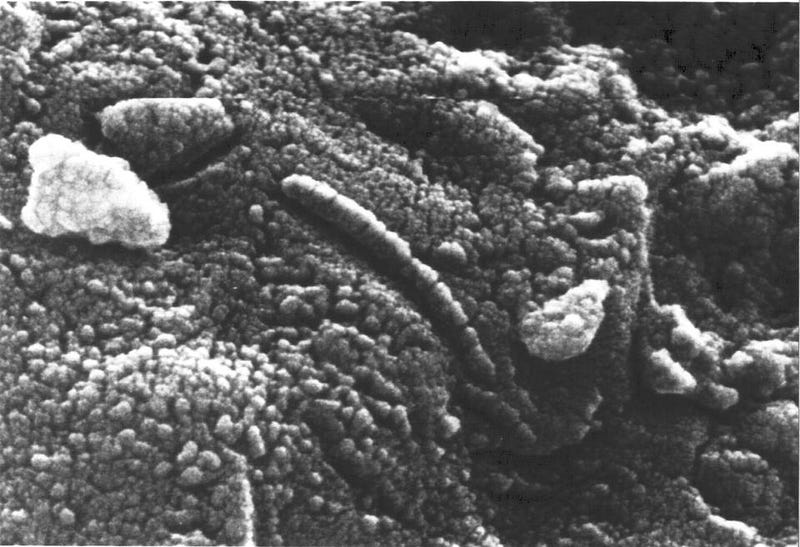
If impacts on Mars can routinely send Martian debris all the way to planet Earth, it would be an absurdity for the particulate debris from those impacts to not extend above the Martian atmosphere, where it would collide with and stick to the Martian moons: Phobos and Deimos. Throughout the history of Mars, collisions with Mars-crossing asteroids and comets should have produced copious amounts of impact events, delivering a substantial fraction of the ejected material to its moons. Being closer to Mars than outermost Deimos, Phobos is expected to have accrued more than 1 million tons of Martian material, now mixed into its regiolith.
Based on numerical simulations, the fraction of Martian material mixed into Phobos’s outermost layers should exceed ~1-part-in-1000, making this an excellent place to look for “dead biosignatures” of Martian origin. The researchers searching for such extinct clues to past life on Mars have named it SHIGAI, for Sterilized and Harshly Irradiated Genes and Ancient Imprints, which also means “dead remains” in Japanese. Despite the harsh environment of space and exposure to billions of years of solar wind and radiation, these remains should persist. By sampling and returning the cocktail of material collected from Phobos’s regiolith, scientists will be able to analyze material originating from different eras and different locations across the surface of Mars.
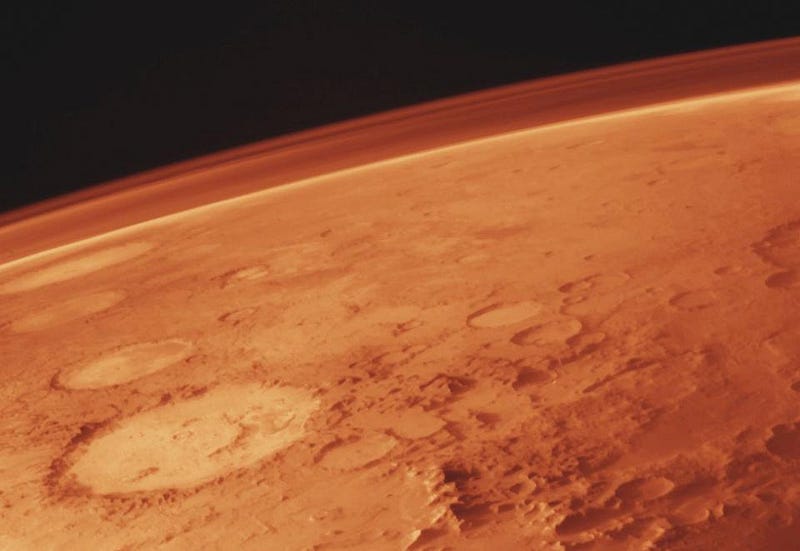
The MMX mission, developed by the Japanese Aerospace Exploration Agency (JAXA), has already been in the planning and development stages since its announcement in 2015. The plan is for it to softly land on Phobos at least once (and possibly twice, to get two different sample locations), to collect samples using a pneumatic system. Once a sufficiently large set of samples have been taken, it will take off once again, flying-by Deimos numerous times, observing it and Mars, and then sending the sample-containing Return Module back to Earth for analysis. The Return Module itself is expected to arrive on Earth in July of 2029.
If this sounds ambitious, that’s because it is. Only a very small set of missions have ever accomplished the joint feats of:
- traveling from Earth to another body in the Solar System,
- making a soft, controlled landing there,
- collecting samples from the object it landed on,
- successfully taking off once again,
- completing the journey back to Earth,
- and surviving atmospheric re-entry,
- so that the collected samples can be recovered an analyzed.
JAXA has been the world leader in endeavors such as this, with the Hayabusa and Hayabusa2 missions successfully returning samples from asteroids Itokawa and Ryugu: the first two sample return missions to be conducted since NASA’s Apollo program. While material is expected to be returned from Mars to Earth via the Mars Sample Return mission, the MMX mission should return the material collected from Phobos even earlier, providing the first return of Martian material, including the remains of possible organics, to Earth.
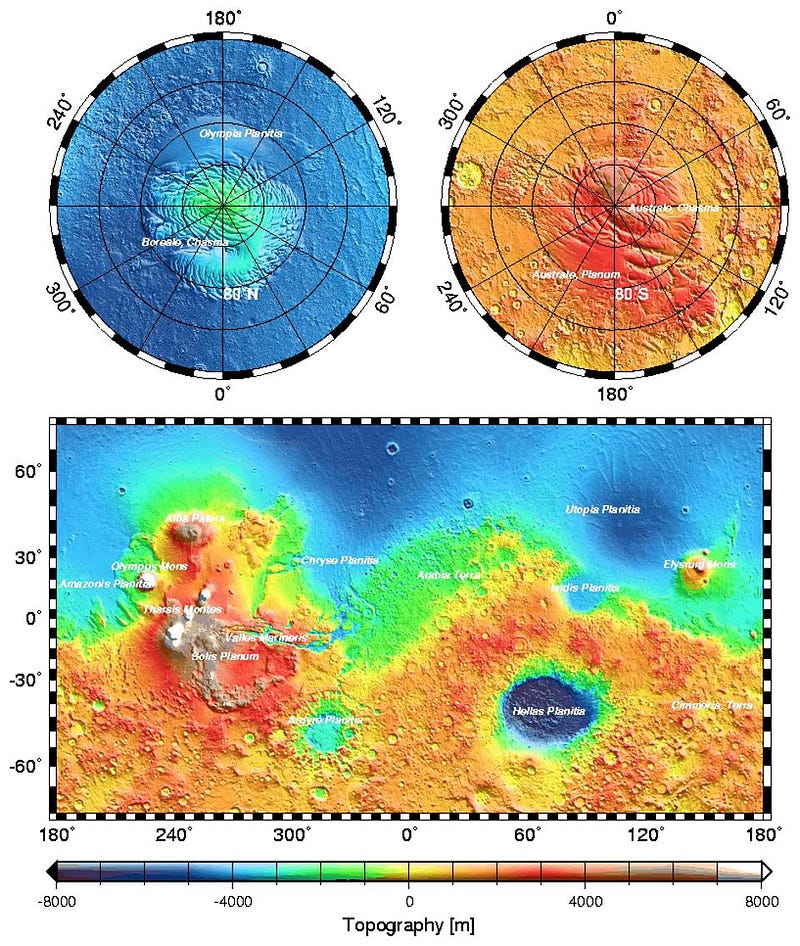
Depending on what arrives upon MMX’s return to Earth, we could uncover a view of Phobos that aligns with our current theories about its formation and history. Alternatively, we could receive a tremendous set of surprises that, quite literally, rewrites what we know about the history of Mars and the Martian planetary system. For example, like the other rocky planets present in our Solar System, we fully anticipate that Mars was born without moons of any type. After surviving the earliest phases of planet-formation in our youth, a major impact was suspected to occur, kicking up a large amount of debris that coalesced into three moons: a large, massive, innermost moon, with much-smaller Phobos orbiting exterior to that and Deimos comprising the final, outermost satellite.
Eventually, owing to both tidal forces and atmospheric drag, the innermost moon was disrupted and fell back to Mars, where it very likely created the large, asymmetric basin that accounts for the severe differences between the two hemispheres of Mars, as well as kicking up a tremendous amount of debris that could land on both Phobos and Deimos. If the material returned to Earth from Phobos matches up extraordinarily well with the material we’ve sampled and analyzed on the Martian surface — as determined by orbiters, landers, and rovers — the MMX mission could serve as a spectacular confirmation of this picture, strongly supported by simulations and the current evidence at hand.
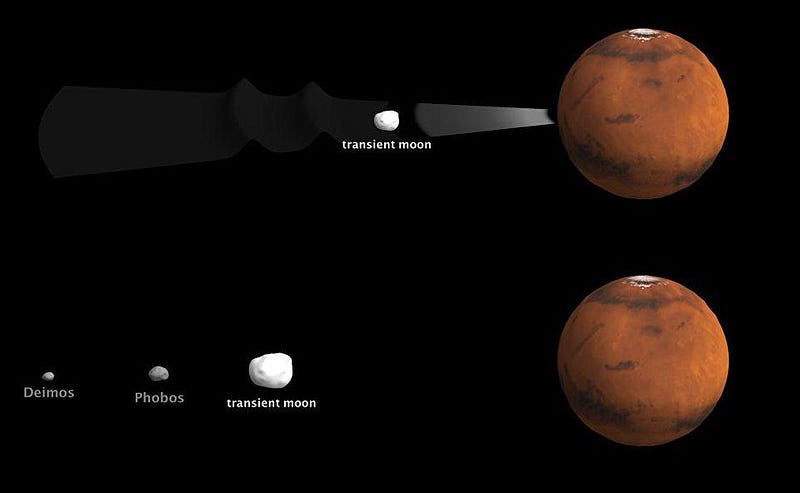
However, it’s possible that the full suite of evidence is conspiring, at present, to mislead us about the origins of Phobos and Deimos. Perhaps there wasn’t a large, ancient impact on Mars that led to the origins of its moons; perhaps, instead, Phobos and Deimos are more like Saturn’s “oddball” moon Phoebe: a captured object, such as an asteroid, originating from elsewhere in the Solar System. While the orbits of Phobos and Deimos are extremely consistent with an origin from an ancient impact, their compositions and appearances appear to be quite asteroid-like. A sample return mission would reveal whether the composition of Phobos matches that of Mars or of the known types of asteroids.
It’s also possible that, despite its watery past and life-friendly early conditions, that life may not have ever arisen on the red planet. The evidence we have strongly indicates that over the first ~1+ billion years of the Solar System’s history, Mars possessed a thick atmosphere with large amounts of liquid water, and then transitioned — likely because of the death of its core’s magnetic dynamo — to become a low-pressure world where liquid water on its surface was impossible. The chemical imprints of such a scenario should appear frozen-in to the regiolith of Phobos if it occurred; if not, Phobos might reveal an alternative history, even one that’s entirely unexpected.
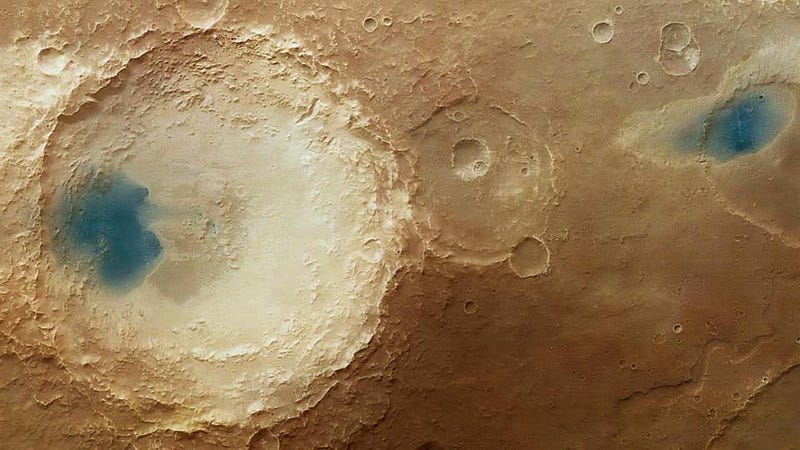
It might seem that sampling Mars, directly, is a far superior approach to sampling Phobos, but that’s not entirely true. As we can clearly see from orbiters, landers, and rovers, different locations on Mars have not only experienced substantially different histories, but leave different chemical fingerprints even today. The seasonal methane “burps” that we see coming from the ground don’t occur everywhere, but rather are limited in location and duration. Whenever we sample Mars directly and return its contents to Earth, we’re limited to whatever biomarkers — modern and ancient — are present at that specific location. If there’s life on Mars, but simply not in the location we’re sampling, we’ll miss it.
On the other hand, because impacts on Mars have occurred all over its surface and all throughout its history, the material of Martian origin that’s been deposited on Phobos means that the Phobian environment should truly provide a random sample of Mars. All possible Martian materials, from sedimentary to igneous rocks, covering all of Mars’s geological areas, should be present in some sort of quantity on Phobos. At the very least, the regiolith of Phobos should have significant contributions from several different regions and epochs on Mars. By collecting material from it and returning to Earth, we should get a random sample that provides insight into the planet-wide history of biological and chemical remnants on Mars, shedding light on any ancient life that may have existed there at one point.

There’s one more point that makes a sample return mission to Phobos so exciting: the comparably low degree of difficulty when compared to a sample return mission from Mars. First off, just like asteroids Itokawa and Ryugu, Mars’s moon Phobos is low enough in mass that it’s certainly covered in loosely-held rock, rubble, and dust, meaning that the instruments should have little difficulty in collecting the necessary material for a sample return. Second, the lack of any atmosphere and the extremely low surface gravity of Phobos should make gravitational escape extremely easy, compared to the difficulty of returning a sample from a world like Mars. Comparatively, a full-scale launch and return from the Martian surface — something never before attempted — is an exciting but risky proposition.
And finally, this would be the third attempt at an uncrewed sample return mission from a small-mass, airless body. It’s being performed by the same agency, JAXA, that has made the only two previous attempts: Hayabusa and Hayabusa2, both of which were successful. Ideally, both a Mars Sample Return mission and MMX, bringing back material from Phobos, will both be successful. But if you had to bet on only one, MMX has far fewer obstacles, and far fewer incidences of engineering problems that have never been reckoned with before, than a direct-from-Mars sample return.
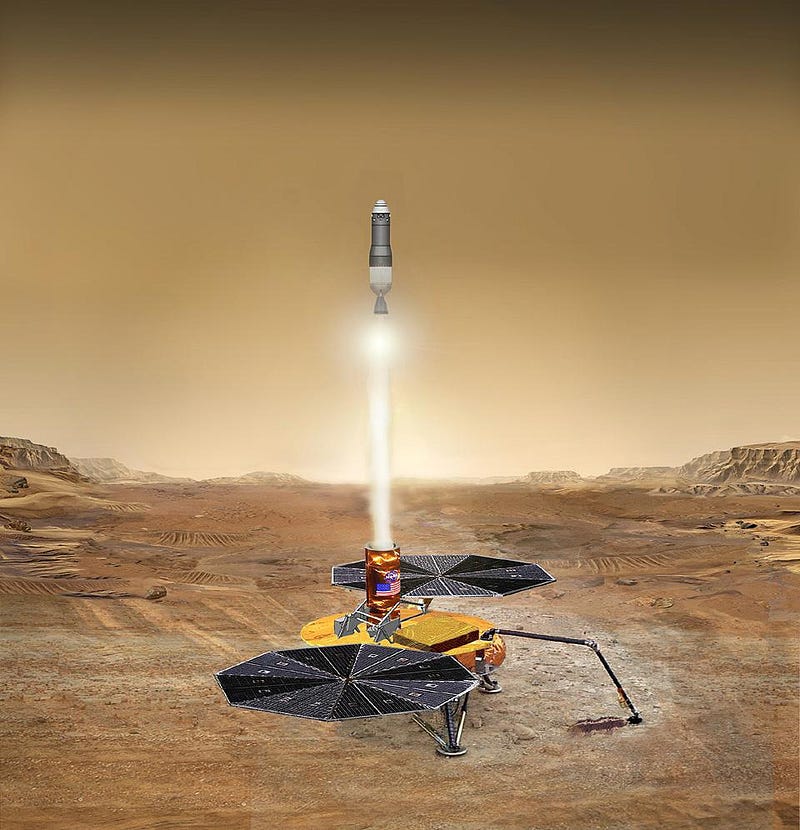
It remains a fascinating and open question — perhaps the most interesting question we can ask about life beyond Earth in the Solar System — whether life ever existed on Mars. Although it’s a highly speculative proposition, it’s one that we have the potential to answer: not just down the road, but in the very near future. The combination of orbiters, landers, and rovers we have, both today and upcoming in the near-future mission timeline, will shed light on the presence and concentration of various biomarkers in the atmosphere, on Mars’s surface, and just beneath its surface. If the seasonal methane has a biological origin rather than a geochemical one, we should be able to know within a single decade.
When you fold in the upcoming sample return missions, from both Jezero Crater on Mars and from the surface of Phobos, we should become sensitive not only to the possibility of extant life on Mars, but of even ancient, now-extinct life. If life exists there now, these missions could teach us how such life first emerged and, later, evolved. If Mars was always devoid of life, these missions will provide valuable information in revealing why Mars is lifeless while Earth has always teemed with it. As always, the most important lesson is this: if we want to know what’s out there, the only way to find out is to look. With the Martian Moons eXplorer mission, the answers might be in our hands before the decade comes to a close.
Starts With A Bang is written by Ethan Siegel, Ph.D., author of Beyond The Galaxy, and Treknology: The Science of Star Trek from Tricorders to Warp Drive.



